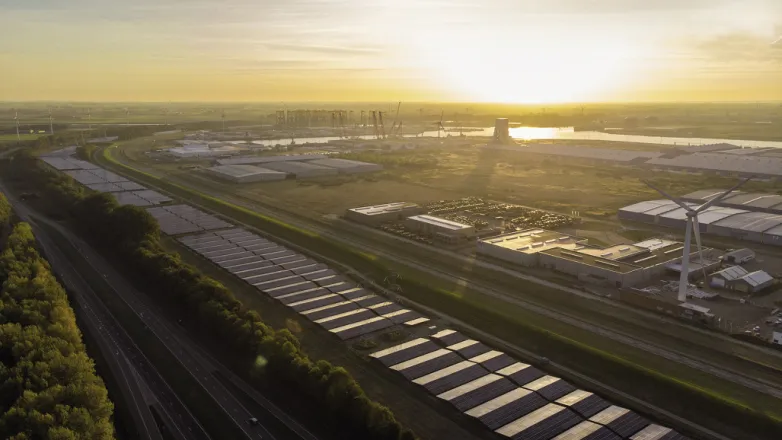Netherlands is likely to generate 27 GW of solar energy by 2030
- The Environmental Assessment Agency of Netherlands (Planbureau voor de Leefomgeving – PBL) promises that the country’s photovoltaic generation will grow by 5 GW by the end of the following year compared to 4.4 GW in 2018. Toward the end of 2023, the PV capacity is forecasted to be near 15 GW.

According to PBL report, solar energy capacity in the country is going to increase five times during the following ten years.
It is forecasted that in the course of the current year and the next one, the Dutch solar generation will gain 5 GW more and reach 9 GW.
PBL foresees that the photovoltaic capacity is likely to reach 16 GW by 2023. In the next seven years, they are awaiting solar energy output to be near 27 GW. About one third of all the PV systems will be presented by rooftop installations.
Possible development options
PBL experts believe that in the worst possible situation the nation’s solar capacity in 2030 will amount to 18 GW. If the industry develops in the best possible way, it will generate no less than 36 GW by this date.
The analysts are sure that the forthcoming shortening of net metering for roof-mount panels will only influence the type of solar plants after 2023 and not the solar generation capacity.
The PV sector for home use has been increasing two times a year starting from 2013. In 2016 it reached about 80 per cent of all the solar plants installed within the country.
According to analyst Peter Segaar April report, the state’s subsidy program had driven over 10 GW of generation volume. The agency is no longer worried that the existing funding level can prevent the industry from future development.
The analysts predict the mean electricity market prices to reach of €48-50/MWh by 2030 with the mean wholesale price amounting to €57/MWh.
In autumn 2017, the ECN predicted solar power capacity of the Netherlands to reach 20 GW by 2035. The recent reports by the Environmental Assessment Agency make an essential optimistic upgrade to this forecast.
Also read

